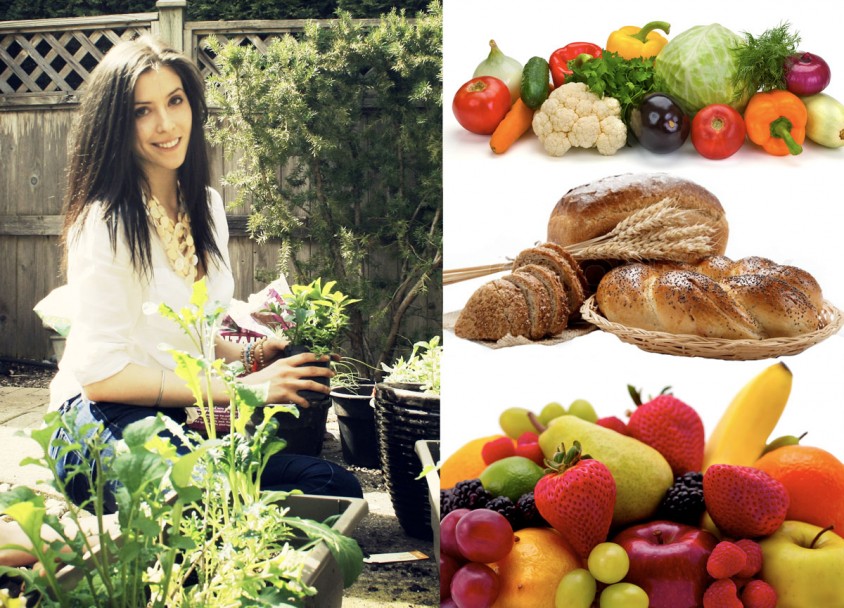I’m really pleased to say that run4nachos have been able to persuade nutritionist Brittany Vukets to take some time away from her busy schedule to write an article for us. Brittany came to the sun run clinic and gave us a great talk on nutrition which got us all thinking more about what we put into our bodies. So here are Brittany’s 15 nutritional ways to run faster.
Brittany Vukets
Our bodies are powerful machines and we need optimal fuel to run at full capacity. Part of that fuel cannot be seen – it comes from our connections with the people in our lives and with our community, but on a more physical level the food we take in plays a tangible role in our wellbeing. Nutrition at its best is simple but there is a lot of information out there that can make it very confusing! Here’s my 15 nutritional tips for you:
 go grocery shopping regularly, once or twice a week as possible. A big part of the battle in feeding ourselves well is having good options that we like easily available. When you are out shopping try to get the majority of your haul from the perimeter of the store, this is where the freshest food is and there are less colorful packages of processed food to entice you.
go grocery shopping regularly, once or twice a week as possible. A big part of the battle in feeding ourselves well is having good options that we like easily available. When you are out shopping try to get the majority of your haul from the perimeter of the store, this is where the freshest food is and there are less colorful packages of processed food to entice you. 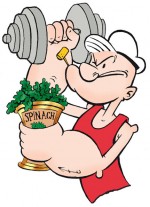 The harder we train the more our body has to pull from its reserves of macronutrients (carbohydrates, protein and fat) and micronutrients (vitamins and minerals). A good way to know if a food will be high in nutrients is to eat it as close to its natural source as possible, so an apple gets more points than bottled pasteurized apple juice. Now don’t be too taken in by all the super food hype, kale and açai berries are certainly very high in many nutrients, but so are more humble and less hyped foods like plain old spinach and bananas.
The harder we train the more our body has to pull from its reserves of macronutrients (carbohydrates, protein and fat) and micronutrients (vitamins and minerals). A good way to know if a food will be high in nutrients is to eat it as close to its natural source as possible, so an apple gets more points than bottled pasteurized apple juice. Now don’t be too taken in by all the super food hype, kale and açai berries are certainly very high in many nutrients, but so are more humble and less hyped foods like plain old spinach and bananas. 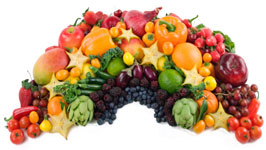 this is a good way to ensure that you are getting a vast range of nutrients. Even the white and beige items have lots of good stuff, potatoes for example have notable amounts of potassium, a mineral that helps with muscle contraction and deficiencies will show up as those killer calf cramps during your runs (just go for baked or roasted over fried, at least most of the time).
this is a good way to ensure that you are getting a vast range of nutrients. Even the white and beige items have lots of good stuff, potatoes for example have notable amounts of potassium, a mineral that helps with muscle contraction and deficiencies will show up as those killer calf cramps during your runs (just go for baked or roasted over fried, at least most of the time).  Try out some different foods, they will give you some different nutrients and they can keep your kitchen creations from getting too monotonous. Produce stands and ethnic markets have lots of weird looking fruits and vegetables for when you are feeling brave and adventurous.
Try out some different foods, they will give you some different nutrients and they can keep your kitchen creations from getting too monotonous. Produce stands and ethnic markets have lots of weird looking fruits and vegetables for when you are feeling brave and adventurous. 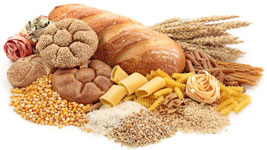 Unfortunately the media doesn’t cover the scores of peer-reviewed scientific studies (the highly respectable type), which show this to be basically the opposite of what happens in the long run. Especially for runners, carbs are the most important nutrient for energy and for recovery, enabling you to be ready for each run and preventing you from hitting the wall.
Unfortunately the media doesn’t cover the scores of peer-reviewed scientific studies (the highly respectable type), which show this to be basically the opposite of what happens in the long run. Especially for runners, carbs are the most important nutrient for energy and for recovery, enabling you to be ready for each run and preventing you from hitting the wall. 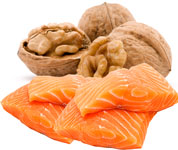 As long as you eat some animal products you are likely getting ample amounts of saturated fats. The type to focus on including more of is unsaturated fats, they are further broken down into polyunsaturated and monounsaturated. All of these are good and are found in many plant foods like olives, avocadoes and almonds. Going a bit deeper, there is a type of polyunsaturated fat known as omega-3 essential fatty acids, which must be obtained through food and it is severely lacking in many North American diets. Some of the best sources are flax seeds (and oil), walnuts, chia seeds and wild cold-water fish like salmon. Trans fats are found in processed foods and are best avoided.
As long as you eat some animal products you are likely getting ample amounts of saturated fats. The type to focus on including more of is unsaturated fats, they are further broken down into polyunsaturated and monounsaturated. All of these are good and are found in many plant foods like olives, avocadoes and almonds. Going a bit deeper, there is a type of polyunsaturated fat known as omega-3 essential fatty acids, which must be obtained through food and it is severely lacking in many North American diets. Some of the best sources are flax seeds (and oil), walnuts, chia seeds and wild cold-water fish like salmon. Trans fats are found in processed foods and are best avoided.  after a mealtime it is highly beneficial to have a small snack 1-2 hours before you set out. The best options are high in carbohydrates and are easy to digest, such as a fist-sized portion of fresh fruit, pb & j on whole grain bread or rice cakes, granola and yogurt or a fruit based smoothie.
after a mealtime it is highly beneficial to have a small snack 1-2 hours before you set out. The best options are high in carbohydrates and are easy to digest, such as a fist-sized portion of fresh fruit, pb & j on whole grain bread or rice cakes, granola and yogurt or a fruit based smoothie. 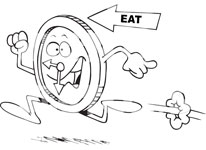 Our absorption is 150% better during this window so we get more return on investment. If you don’t plan on having a meal within this time go for a snack similar to the pre-run options that are heavy in carbs. To get technical, a good ratio to strive for is 3 to 4 parts carbohydrates to 1 part protein- if you think about it, nachos can fit quite well into this equation.
Our absorption is 150% better during this window so we get more return on investment. If you don’t plan on having a meal within this time go for a snack similar to the pre-run options that are heavy in carbs. To get technical, a good ratio to strive for is 3 to 4 parts carbohydrates to 1 part protein- if you think about it, nachos can fit quite well into this equation.  Whole, natural foods add nutrients whereas refined and processed foods (basically anything that comes from a box or drive-through window) along with alcohol and caffeine have far fewer nutrients to offer. Plus, in digesting and expelling these items the body will often have to pull from its own nutrient reserves to neutralize them. If you love coffee and find that a cup really helps fuel your runs, just keep in mind that you’ll need some extra water and more nutritious food later on to add in some extra nutrients. At the end of the day it’s all about balance, just try to make sure these items take up less room on your plate.
Whole, natural foods add nutrients whereas refined and processed foods (basically anything that comes from a box or drive-through window) along with alcohol and caffeine have far fewer nutrients to offer. Plus, in digesting and expelling these items the body will often have to pull from its own nutrient reserves to neutralize them. If you love coffee and find that a cup really helps fuel your runs, just keep in mind that you’ll need some extra water and more nutritious food later on to add in some extra nutrients. At the end of the day it’s all about balance, just try to make sure these items take up less room on your plate.  Another factor is our nervous system, the relay team between our brain and body, and how our environment affects it. When we are in a calm state without many distractions the “house-keeping” (parasympathetic) branch of our nervous system is in charge and our body can give the digestive system more focus and energy. If we are in a stressful situation with lots of stimuli, like driving or sitting in front of the computer at work our nervous system is going to be giving more energy to our “fight or “flight” (sympathetic) branch and the digestive system is pretty much forgotten until the stress passes.
Another factor is our nervous system, the relay team between our brain and body, and how our environment affects it. When we are in a calm state without many distractions the “house-keeping” (parasympathetic) branch of our nervous system is in charge and our body can give the digestive system more focus and energy. If we are in a stressful situation with lots of stimuli, like driving or sitting in front of the computer at work our nervous system is going to be giving more energy to our “fight or “flight” (sympathetic) branch and the digestive system is pretty much forgotten until the stress passes. If you’d like some healthy recipes and ideas check out my food blog and send me an email through the connect page if you have any questions.


